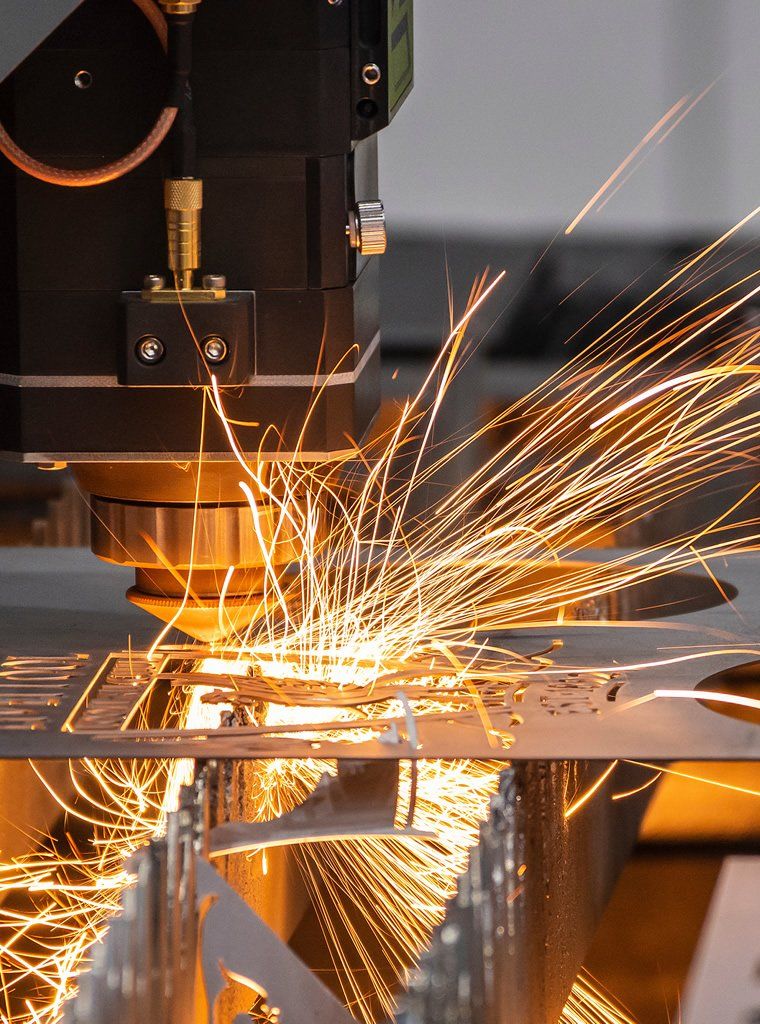What is Steel Fabrication
Steel fabrication involves transforming raw materials into predefined shapes and forms for installation and erecting. A steel fabricator works from highly detailed drawings, requiring meticulous attention to detail and a thorough knowledge of metal properties. Often, a steel fabricator has to make several different parts before completing one of these jobs. This type of process can be done by hand or by machine, but it requires a skilled technician to ensure that the completed products are of the highest quality.
The first step in steel fabrication is bending. This involves passing metal stock through a series of rollers, each with a different configuration. As the metal is rolled, it takes on the shape of the rollers, and when the material is pushed out, it emerges in a new form. There are other, less sophisticated, but still very precise steel fabrication processes. During the initial assembly, the pieces are joined using non-permanent joints to ensure a tight fit.
The second step is marking. Marking involves laying off measurements from the design. The process is also sometimes included in the preparation phase. The edges, fold lines, and hole centers are scribed on the workpiece's surface. The marking must be visible throughout fabrication. Marking tools include metal scribers, pencils, and dividers. Once the marking is complete, the next step is cutting. This process involves removing unwanted material from the steel piece.
Another step in steel fabrication is coating. Steel can be coated with zinc, reducing corrosion, and increasing durability. The process can also reduce the amount of material used in manufacturing, which is important if it is used in high-volume production. Aside from coating, steel can also be covered with fire-resistant components. Once erected, steel can be used in a variety of industries, from construction to manufacturing. If you're in the steel fabrication business, you'll want to learn more about this vital process.
The metal fabrication industry is dependent on economic growth, but it is an industry that is flourishing and rebounding from the last recession. The key to surviving and thriving in this industry is diversifying sales, improving efficiencies, and concentrating on delivering the best possible product. For a sustainable future, you must keep an eye on the competition, and focus on maximizing profits. The metal fabrication industry is an excellent investment because of the constant demand and fluctuation of customer demand.
While steel is commonly used interchangeably with metal, it's a bit more complicated than that. While some metals are malleable, steel is much harder and stronger than other metals. It is also a stronger material than metals that don't undergo any alloying process. It's important to remember that steel fabrication is a value-added process, which means that it requires more work than metal-only fabrication.


